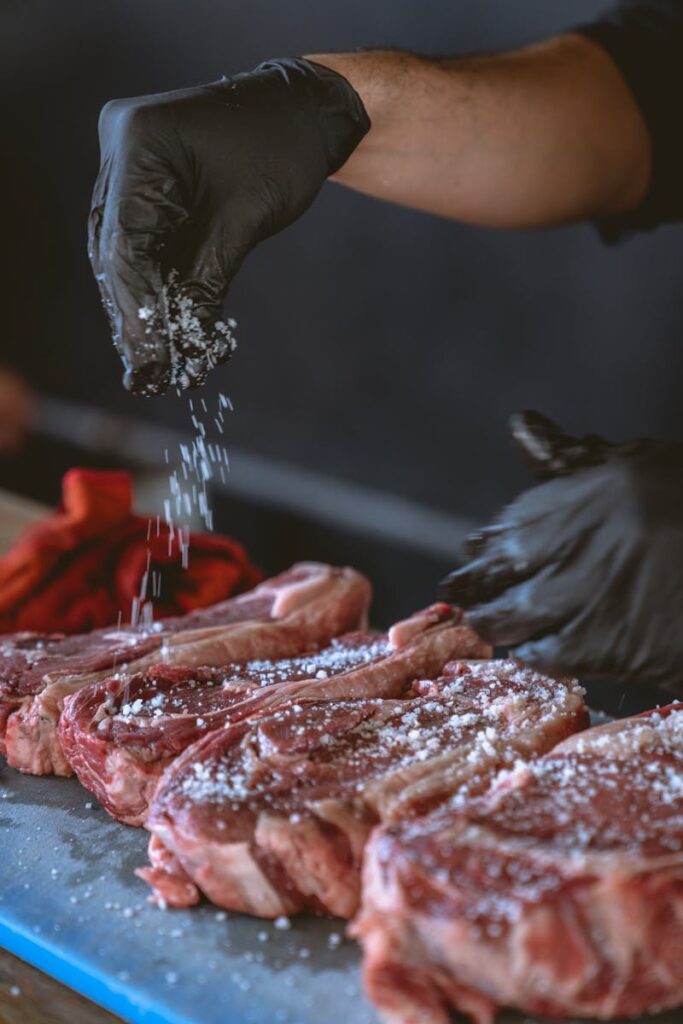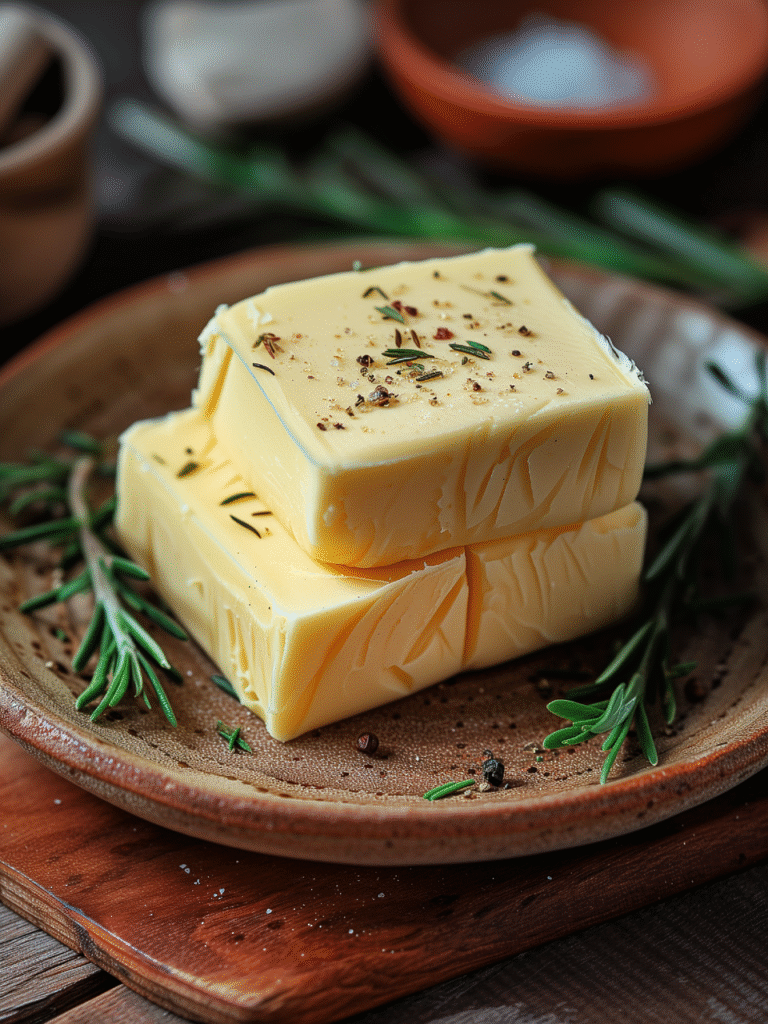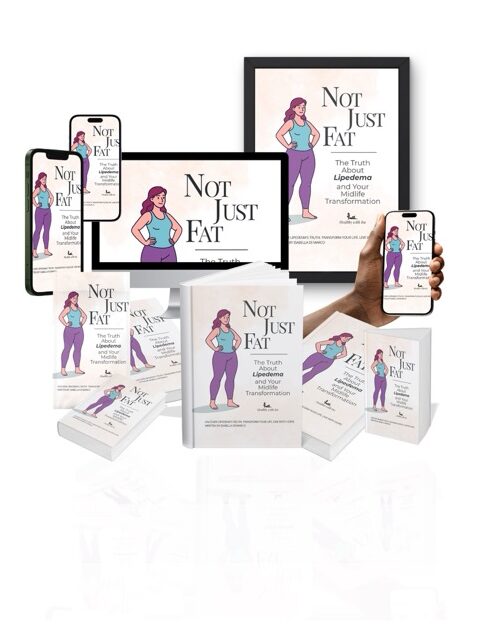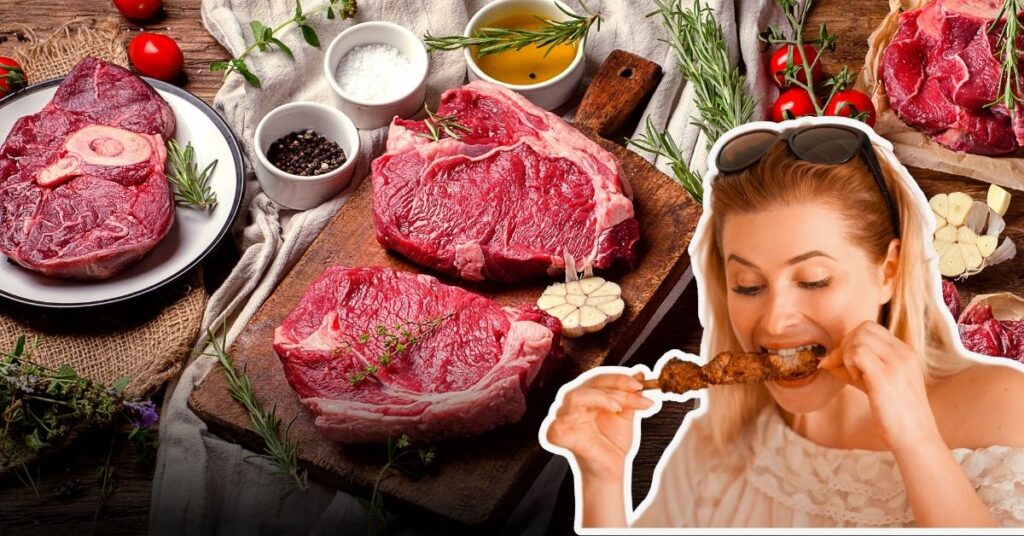If you’ve been living with lipedema, you know the frustration: swelling that won’t budge, pain that interferes with daily life, and a healthcare system that often misunderstands your body. Traditional advice like “just eat less and move more” doesn’t cut it. That’s because lipedema isn’t about willpower—it’s a chronic fat and connective tissue disorder, and it needs a different kind of support.
If you need more information about lipedema please check this article
More and more women are finding relief through a dedicated lipedema diet—but not just any diet. Two eating approaches, the ketogenic (keto) and carnivore diets, are rising as tools for managing lipedema symptoms. Both focus on reducing inflammation and stabilizing hormones, key issues for those with this condition. But which lipedema diet is more effective?
Let’s break it down.

Keto for Lipedema Diet: Backed by Science and Experience
The ketogenic lipedema diet is a high-fat, low-carbohydrate eating plan that shifts the body into a state of fat-burning called ketosis. For many women with lipedema, this change is life-altering.
Recent research shows significant benefits: A 2024 meta-analysis of 329 women with lipedema found that a ketogenic diet led to notable reductions in weight, pain sensitivity, and limb circumference after just 16 weeks. It’s not about getting skinny—it’s about improving quality of life and mobility.
Many women in lipedema communities report that keto helped reduce swelling, pain, and brain fog. Some even found they needed less compression wear. Choosing a lipedema diet like keto may be a practical first step toward reducing inflammation.
If you’re looking to start or stay consistent, Isa’s Ketogenic Kickstart is a practical, step-by-step Course full of real-world advice, meal plans, recipes, truckers, and journals. It includes her personal tips, keto recipes, and a structured approach tailored for women managing inflammation and hormonal imbalances.
Foods to focus on:
- Fatty fish like salmon
- Protein
- Avocados and olive oil
- Leafy greens and non-starchy vegetables
- Electrolytes and magnesium (especially during keto flu)
Helpful supplements:
Still unsure? Ask yourself: “Is the swelling getting worse despite eating ‘healthy’?” If yes, a ketogenic lipedema diet may be the missing link.

Carnivore Diet for Lipedema: Too Extreme or Exactly What You Need?
The carnivore lipedema diet eliminates all plant foods, focusing solely on animal products: beef, poultry, eggs, and organ meats. It’s controversial, but many women with lipedema are finding that this ultra-simple approach helps them manage inflammation better than anything else.
Some women who switched from keto to carnivore reported:
- Less daily swelling
- Dramatic pain relief
- Mental clarity
- Faster fat loss in lipedema-affected areas
So, why might this work?
For some, even keto-friendly veggies can cause bloating or inflammation. Removing them entirely gives the gut a break and minimizes immune reactions. While formal research on carnivore for lipedema is still emerging, anecdotal stories from online communities and podcasts are compelling.
That said, it’s not for everyone. Going carnivore means giving up a lot of variety. You need to be smart about nutrition: include organ meats or consider supplements for vitamin C, magnesium, and potassium. Products like grass-fed liver capsules or beef collagen can help fill in nutritional gaps.
Wondering, “Is the carnivore diet good for lipedema?” The best answer might come from experimenting for 30 days and tracking how you feel. A carnivore lipedema diet might sound extreme, but for some women, it’s been the turning point.
💬 Isa’s Experience: One Year on Carnivore—and What Came Next
I want to share a bit of my own story, because I’ve been exactly where you are—curious, skeptical, and just plain tired of the pain.
I committed to the carnivore diet for a full year. That’s right: a full twelve months of animal-based eating. And while it may sound extreme, here’s what happened for me…
I felt more energetic, clearer mentally, and the pain was lower than ever before. Honestly, it was the best I had felt in a long time. I did lose a few pounds, too—not dramatically, but enough to notice. Then life brought its usual chaos, and between stress and some setbacks, those pounds crept back.
But something interesting happened: even though the scale wasn’t budging, my pain stayed at its lowest levels ever. For someone living with lipedema, that alone was a massive win.
Now, I follow a flexible version of the carnivore approach. About 90% of my meals are still fully carnivore—think steak, eggs, and salmon. But I’ve learned to listen to my body. On some days, I’ll include a handful of veggies, or (I admit it!) a diet soda if I’m craving something fizzy and sweet. I even tried cutting out coffee for 30 days just to see if it helped, and honestly? No big difference for me personally.
This way of eating may not melt the fat off overnight, but it’s given me back control—over my pain, over my energy, and over my relationship with food. That’s something most diets never gave me.
And of course, during the holidays, I’m not always so precise or religiously healthy. Let’s be real—there are moments when food is part of the celebration, and I’m not going to spend those days feeling guilty. That said, when I know I’ve gone off-track, I rely on my LifeWave patches, especially the X39, to keep the pain away. The swelling from eating off-plan still shows up, but at least I’m not sidelined by that deep, throbbing pain that used to come with every indulgence.
(if you need more information about Lifewave patches read this article )
This way of eating may not melt the fat off overnight, but it’s given me back control—over my pain, over my energy, and over my relationship with food. That’s something most diets never gave me.
Avoid These Common Mistakes
Whether you go with a keto or carnivore lipedema diet, here are mistakes that could derail your progress:
- Eating too little fat – Especially early on, this can cause energy crashes and cravings. Fat is fuel here.
- Skipping electrolytes – Keto flu is real. Always replenish sodium, magnesium, and potassium.
- Being too restrictive too soon – Transitioning gradually can improve long-term success.
- Expecting weight loss as the only measure – Lipedema fat doesn’t respond like regular fat. Focus on reduced pain, swelling, and mobility instead.
- Not asking for help – A coach, community, or course can make a huge difference.
Encouragement: You Deserve to Feel Better
There’s no one-size-fits-all lipedema diet, but there are strategies that work. What matters is listening to your body, tracking your symptoms, and adjusting with intention.
Most importantly, stop blaming yourself!

Do you have Lipedema? Here is the book I wish I had
If you’ve ever been dismissed by doctors or told you just need more “discipline,” read My story in Not Just Fat: The Truth About Lipedema. It’s more than a book; it’s a validation of your experience and a guide for reclaiming your health.
Can’t afford the full price? No problem — pay what you can. And if you’d like to support my work and help more women learn about lipedema, feel free to give more. Every bit helps.
You are not alone. You are not lazy. You are living with a real condition—and now, you have options.




